Barcelona vs PSG — UEFA Champions League 2025
As the lights rise over Catalonia, anticipation for Barcelona vs PSG reaches a fever pitch. Because the UEFA Champions League 2025 group-stage stakes are razor sharp, every duel, press, and switch will matter. Moreover, this edition features two squads blending elite talent with emerging youth, and, consequently, we should expect ninety minutes of tactical layers rather than a mere exchange of star moments.
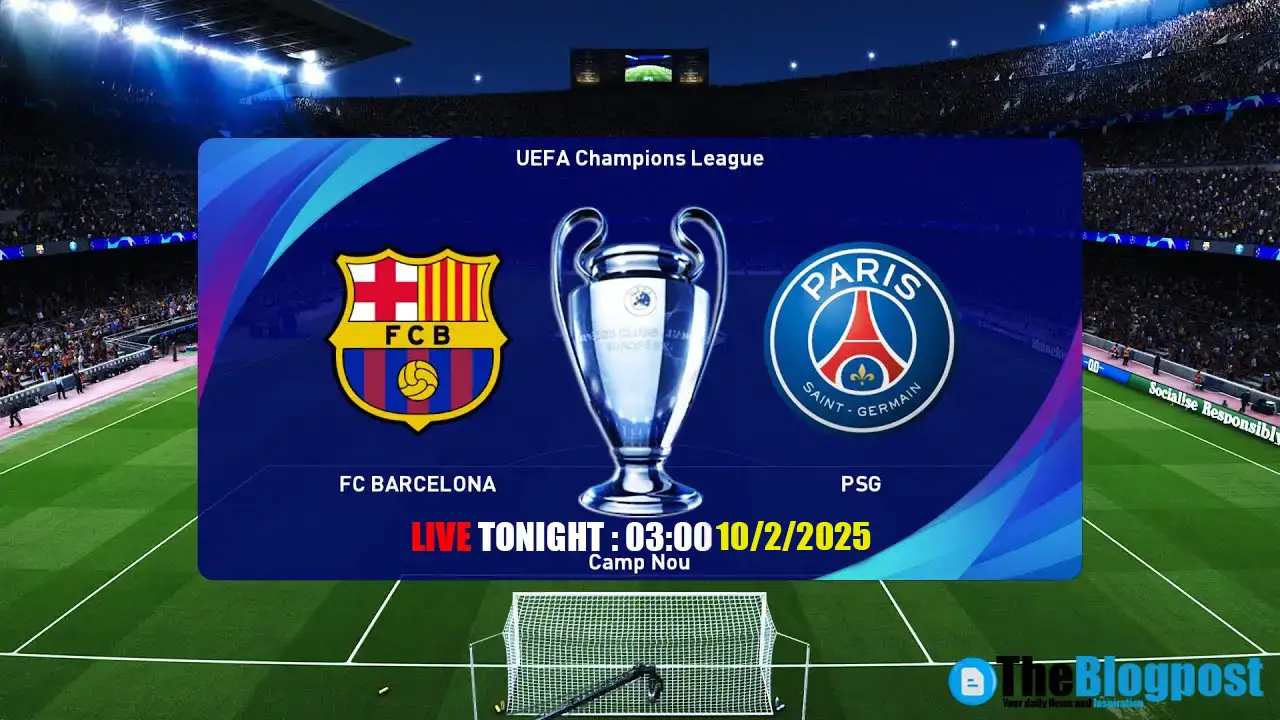
Match facts at a glance: kickoff at 03:00 AM on 2 October 2025 (local time), venue Camp Nou, Barcelona. Therefore, expect a chill night, quick ball speed, and a surface prepared for fast combinations and relentless pressing triggers. In the following sections, we break down team form, tactical profiles, predicted lineups, key battles, and in-game scenarios, while also drawing lessons from recent European trends that frequently decide nights like these.
Fixture Essentials
- Competition: UEFA Champions League 2025
- Match: Barcelona vs PSG
- Date & Time: Thursday, 2 October 2025 — Kickoff 03:00 AM (local)
- Venue: Camp Nou, Barcelona
- Format: Group-stage clash with qualification implications
Because the group looks tight from top to bottom, this fixture may effectively decide first place. Furthermore, finishing top usually means a cleaner knockout path and, consequently, a better chance to rotate over winter without sacrificing spring momentum.
Probable Lineups & Availability
Barcelona — Expected XI
- W. Szczęsny (GK)
- J. Koundé, R. Araújo, A. Christensen, G. Martin
- F. de Jong, Pedri, D. Olmo
- L. Yamal, R. Lewandowski, M. Rashford
Injuries & Suspensions
- Marc-André ter Stegen, Pablo Gavi, Alejandro Balde, Fermín López, Joan García, Raphinha
Paris Saint-Germain — Expected XI
- L. Chevalier (GK)
- A. Hakimi, I. Zabarnyi, W. Pacho, N. Mendes
- W. Zaïre-Emery, Vitinha, K. Lee
- I. Mbaye, G. Ramos, B. Barcola
Injuries & Suspensions
- Khvicha Kvaratskhelia, João Neves, Marquinhos, Ousmane Dembélé, Désiré Doué, Fabián Ruiz
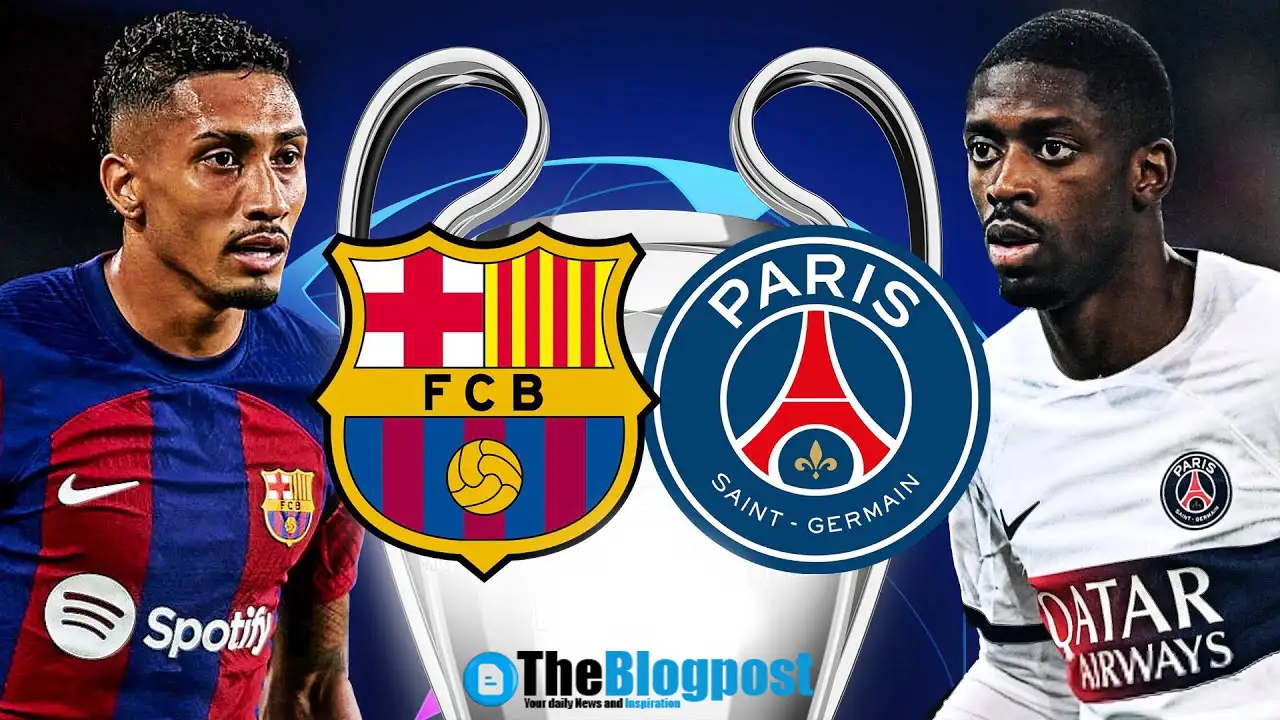
Tactical Blueprints
Barcelona in Possession
- First Phase: Center-backs split; keeper participates; fullbacks invert to form a midfield box.
- Progression: Vertical passes into a dropping nine or an interior eight; immediate layoff to switch the point of attack.
- Final Third: Rotations on the right to isolate a winger; cutbacks from the byline; late runs by an eight into the penalty area.
Because the in-possession shape creates density around the ball, Barcelona’s counter-press is primed. However, if a pass is intercepted square across midfield, transition defense can be exposed. Consequently, rest-defense positioning (one CB + inverted FB + six) must remain vigilant against PSG’s direct counters.
PSG in Possession
- First Phase: Center-backs invite pressure to open channels; single pivot angles to receive on the half-turn.
- Progression: Quick diagonals toward the far-side winger or a direct threaded ball into the striker’s feet.
- Final Third: Overlaps to drag fullbacks away, thereby opening the half-space lane for a cut-in shot or reverse pass.
PSG’s danger rises when their winger receives early, faces up, and forces a chain reaction of covering defenders. Therefore, Barcelona must decide: step out and risk being rolled, or delay and risk a free strike. Either choice becomes manageable only if the midfield closes inside-out swiftly.
Pressing Triggers and Transition Moments
How Barcelona Can Press
Barcelona’s pressing trigger typically activates when PSG’s center-back receives with a closed body. Then, the near winger jumps, the nine screens the pivot, and the far eight steps into the passing lane. Moreover, the fullback squeezes to prevent a direct line to PSG’s winger at feet. Consequently, a forced long ball can be recovered by Barcelona’s back line.
How PSG Can Press
PSG, however, will likely press in waves. For instance, as the ball enters Barcelona’s right interior channel, PSG’s near eight jumps to trap while the winger curves the run to block the return pass. Because Barcelona rely on timing and angles, even a two-second delay can dismantle their rhythm. Therefore, PSG’s small bursts of pressure, properly timed, can flip field position.
Key Duels That Could Decide Barcelona vs PSG
1) Winger vs Fullback (Both Flanks)
Because both teams use wingers as primary outlets, the fullback duel matters hugely. If Barcelona’s winger consistently receives with time to drive inside, PSG will be pinned. Conversely, if PSG’s winger forces the fullback into constant backpedaling, Barcelona’s midfield will be dragged wide, opening lanes for late arrivals from PSG’s eights.
2) The Pivots
Midfield anchors must find the right balance between screening and stepping. When the pivot arrives late to pressure, the opponent turns and runs. Yet when the pivot overcommits, a simple wall pass can open a direct sprint at the back line. Consequently, composure and body orientation will be decisive.
3) Box Defenders vs Cutbacks
Because both teams love cutbacks, penalty-box defenders must track late runners while also protecting the six-yard line. As a result, communication between center-backs and pivots becomes non-negotiable.
Form Guide, Confidence, and Control
Although form lines can mislead, recent performances hint at contrasting strengths. Barcelona seem calmer at Camp Nou, where familiarity and crowd surges often translate into sustained pressure. Meanwhile, PSG’s away record in Europe improves when their first progressive action lands—one clean break early can steady nerves and shape the night. Therefore, the first ten minutes serve as a barometer of who dictates tempo.
Predicted Structures & Roles
Barcelona (4-3-3, flexible to 3-2-5)
- GK: Ball-playing, aggressive starting position to sweep behind high line.
- Back Four: CBs split wide; one fullback inverts; one overlaps to give width.
- Midfield Three: Single pivot + dual eights; one eight makes third-player runs; the other links possession.
- Front Three: Wingers stretch + nine drops; near-side overloads to create cutback lanes.
PSG (4-3-3, flexible to 3-2-5 in possession)
- GK: Comfortable playing short under pressure; strong at sweeping mid-depth balls.
- Back Four: Quick fullbacks; CB pair that can handle aerial switches and recovery sprints.
- Midfield Three: Pivot orchestrates; eights crash box late or lock half-spaces.
- Front Three: One-to-one specialists; diagonal runs between fullback and center-back.
Because both benches are stacked, late substitutions will tilt the pitch. Fresh legs at winger and fullback can rewrite the final fifteen minutes, especially if dead-ball execution narrows margins.
Set Pieces: Margins within the Margins
Champions League nights often hinge on restarts. Therefore, watch for:
- Near-Post Flicks: Designed to free a runner at the back post while defenders get dragged forward.
- Short Corners: Used to pull a marker out and create a better crossing angle into the penalty spot.
- Second Balls: A rehearsed pattern for the clearance—frequently a cutback to the edge of the box.
If Barcelona win several early corners, PSG’s zonal markers must avoid ball-watching. Conversely, if PSG earn free-kicks in the inside-channel, a rehearsed routine could find a late runner ghosting behind the line.
Game States and Scenario Planning
If Barcelona Score First
Expect Barcelona to manage tempo with longer spells of possession. Moreover, they will likely choose safer passes, bait the press, and search for the second goal via switches to the weak side. Still, they must resist dropping too deep; otherwise, PSG’s pressure will accumulate.
If PSG Score First
PSG will threaten in transition repeatedly. Because Barcelona will push fullbacks higher, PSG can target the channel behind them with early diagonals. Consequently, Barcelona’s rest defense must remain disciplined to keep the game within reach.
If It’s Level after 60 Minutes
Fresh legs decide the margins. Additionally, captains must orchestrate the mental tempo: slow when chaotic, surge when the opponent’s lines look stretched. In short, small in-game choices compound quickly in a deadlocked European tie.
Stats and Micro-Indicators to Watch
- Entries into the final third: Who reaches the edge of the box more consistently?
- PPDA & High Recoveries: Pressing efficiency and where turnovers occur.
- Shot Quality (xG-like context): Are chances from cutbacks or low-probability long shots?
- Cross Types: Driven cutbacks vs floated crosses—cutbacks usually carry higher danger.
- Foul Location: Free-kicks around the D invite rehearsed routines.
Psychology, Crowd, and Narrative
Because Camp Nou breathes football, the crowd will amplify Barcelona’s pressure spells. Yet that same volume can elevate PSG’s counter-attacking adrenaline. Therefore, control of emotion—celebrating wins without chasing the next action recklessly—matters as much as formations.
Historical Echoes and Modern Lessons
Although these clubs have shared dramatic chapters, this night belongs to new casts and tweaked philosophies. Even so, the past offers lessons: manage momentum after goals, compress the middle during opponent surges, and avoid isolated duels in open grass. Consequently, discipline—not just brilliance—wins Champions League evenings.
What This Match Means for Spring
Group winners often secure first-leg away advantages in knockouts, which many managers prefer. Additionally, a statement performance recalibrates the continent’s perception. While league form ebbs and flows, Champions League nights crystallize identity. Therefore, Barcelona vs PSG could define the arc of each team’s European season.
Comparative Coaching Notes
Barcelona’s Bench Philosophy
Barcelona’s staff typically favor structure first, improvisation second. Because the academy pipeline understands positional play, late substitutions rarely break spacing. As a result, Barcelona often finish strong at home when they manage transitions well.
PSG’s Bench Philosophy
PSG’s staff frequently match rhythm to opponent discomfort. If the opponent clogs the middle, PSG can flood wide channels; if the opponent sits deep, PSG overloads the half-spaces with delayed runners. Therefore, flexible patterns keep them unpredictable.
Comparisons with Other European Heavyweights
Across Europe, successful sides share a core principle: eliminate uncontrolled transitions. Because chaos feeds speed, teams that compress space after loss tend to dominate. In this sense, both Barcelona and PSG are modern: they hunt immediately, use fullbacks as midfielders, and value five-lane occupation in the last third.
Bench X-Factors
- Impact Winger: A direct dribbler who can win fouls and corners in dying minutes.
- Ball-Winning Eight: Fresh legs to tilt the midfield duel and restart pressure cycles.
- Target Profile: A late aerial presence for set-piece scrambles when chasing a goal.
Because fatigue blunts pressing quality, fresh decisions from the bench can transform a stalemate. Consequently, minute 65 onward is a second game layered atop the first.
Frequently Asked Questions (FAQ)
What time does Barcelona vs PSG start?
Kickoff is scheduled for 03:00 AM local time on 2 October 2025.
Where is the match being played?
At the iconic Camp Nou in Barcelona.
What makes this UEFA Champions League 2025 match special?
Beyond group points, it is a litmus test of two elite projects. Additionally, it could shape the knockout bracket by determining seeding and narrative momentum.
Which tactical areas are most decisive?
Midfield control, half-space defense, and cutback prevention. Furthermore, set-piece discipline often swings tight European nights.
Are there trusted reference overviews of the competition?
For a neutral primer on the tournament’s structure and history, see this community reference: UEFA Champions League — Wikipedia.
Related Long-Form Reading
For a narrative counterpoint on managerial returns and tactical identity, explore this editorial on coaching cycles and squad reset arcs: Mourinho Return to Chelsea. It offers perspective on how leadership shapes match tempo and long-term cohesion.
Final Thoughts: Margins, Mindset, and the Camp Nou Night
Ultimately, Barcelona vs PSG should compress into a handful of decisive episodes: a sudden counter off a broken set piece, a cutback struck first time, or a save that electrifies the stadium. Because both squads can score in waves, the team that controls transitions while executing at set pieces will likely prevail. Furthermore, leadership—on the pitch and on the touchline—must steady the emotional tide whenever the game tilts.
As the clock nears 03:00 AM on 2 October 2025, the city’s heartbeat will sync with the roar of the Camp Nou. Therefore, settle in, watch the first ten minutes like a coach, and enjoy a match that promises both tactical clarity and raw, unforgettable noise.

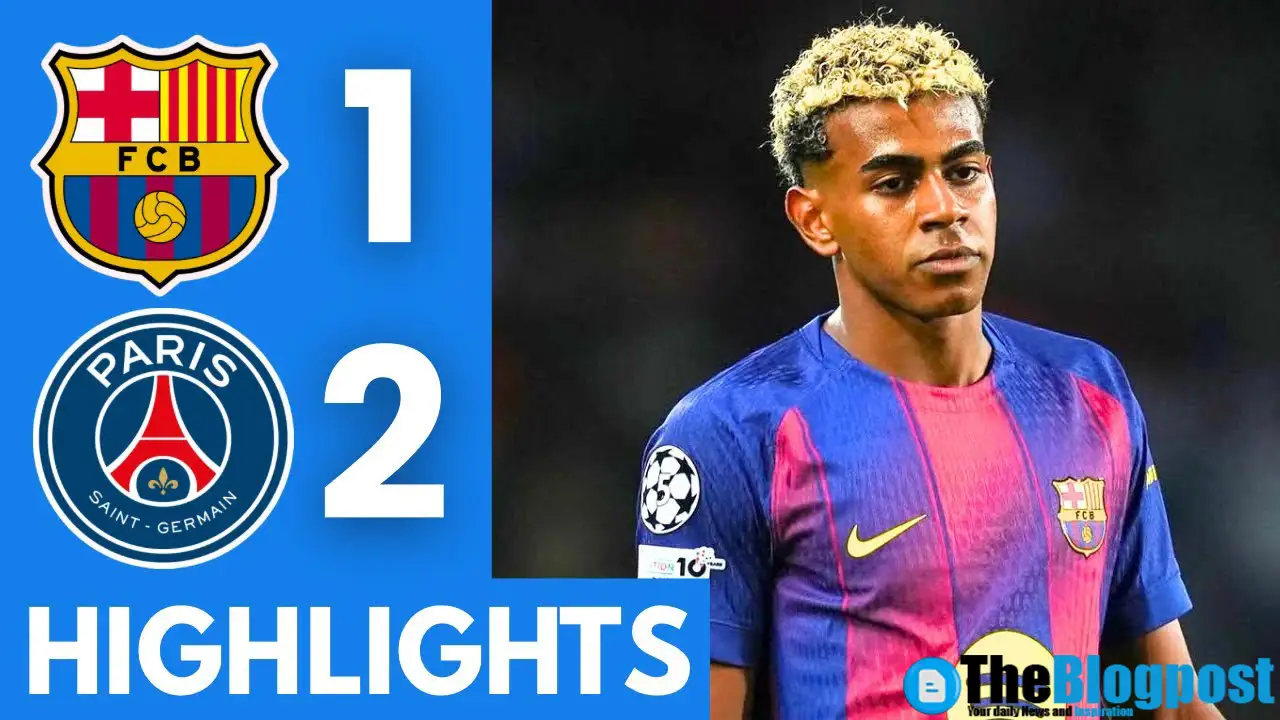
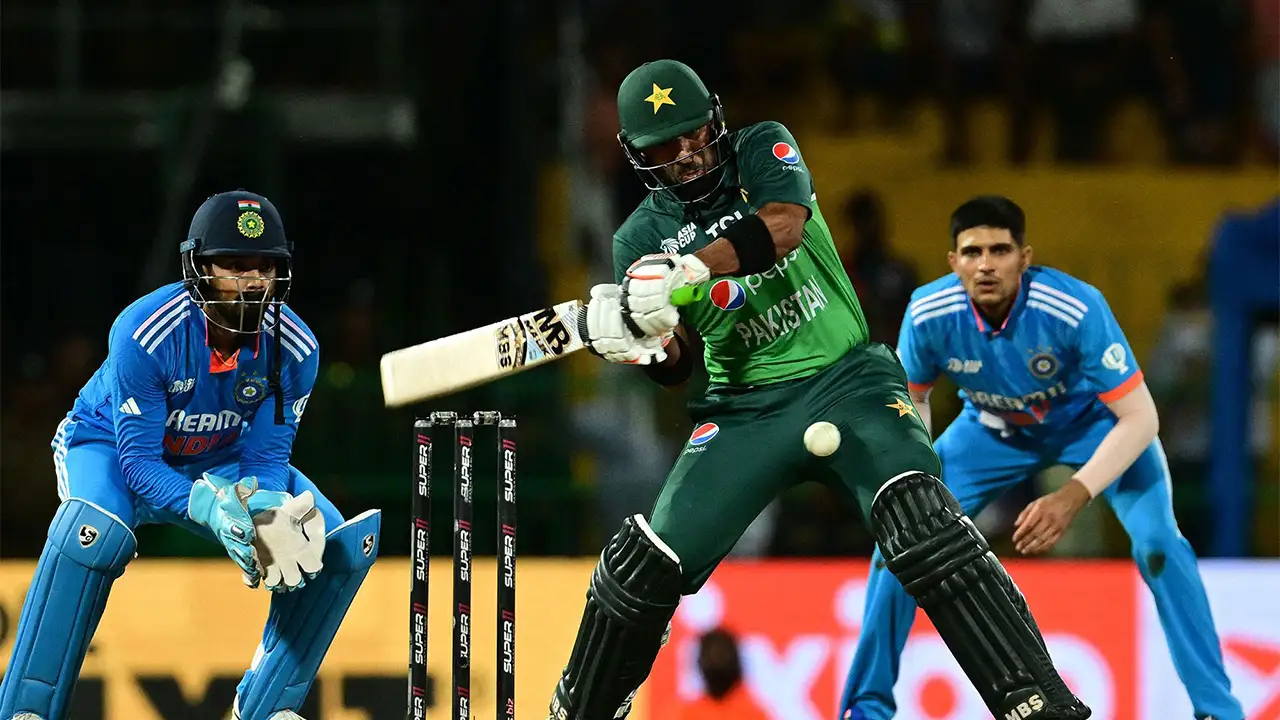
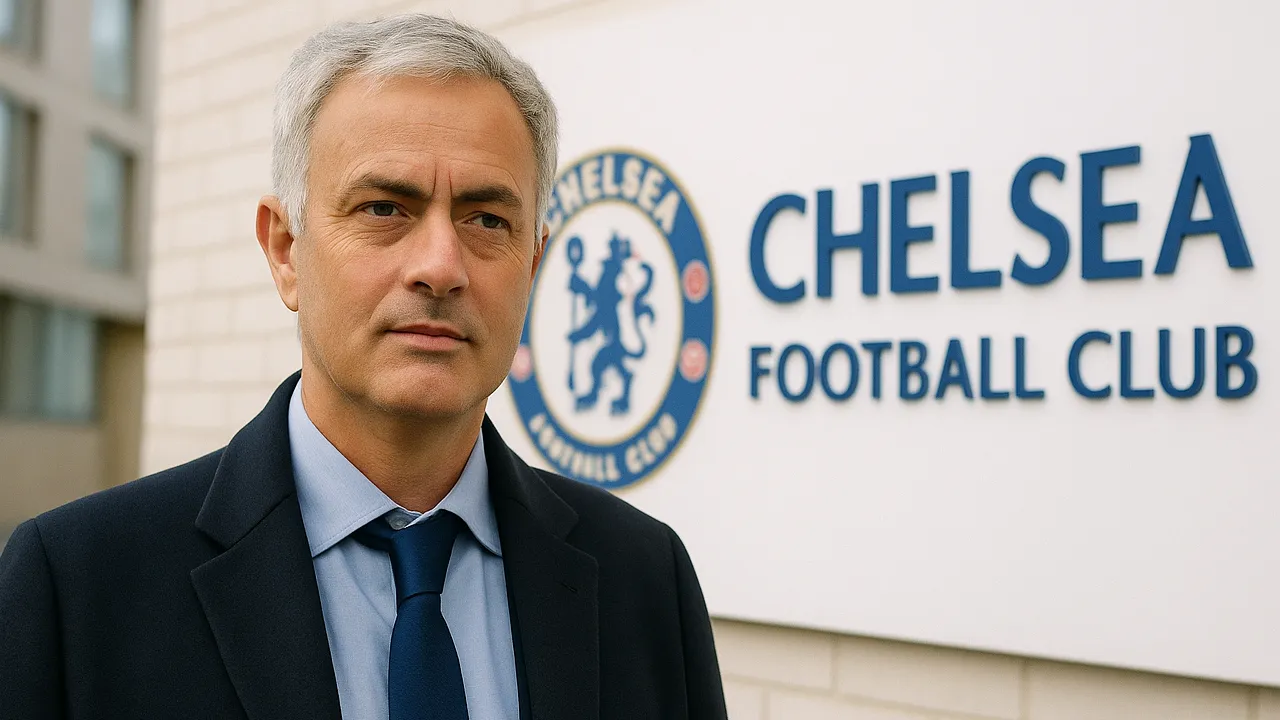


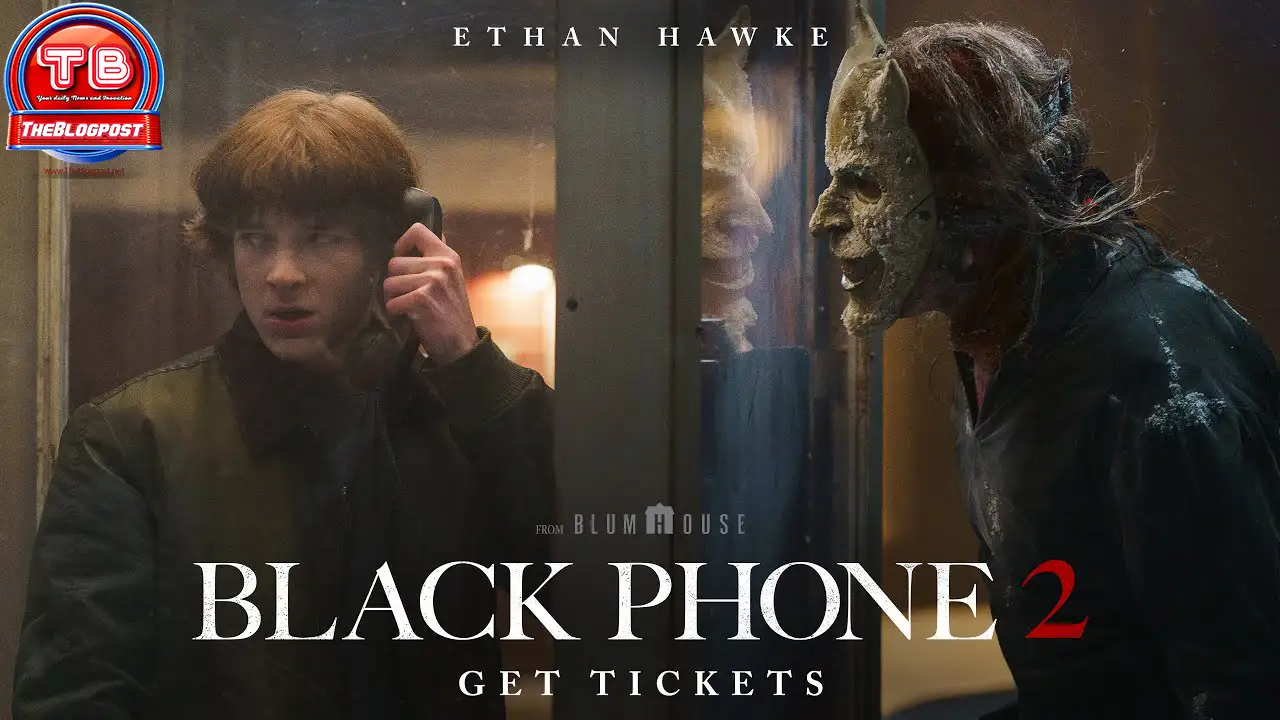
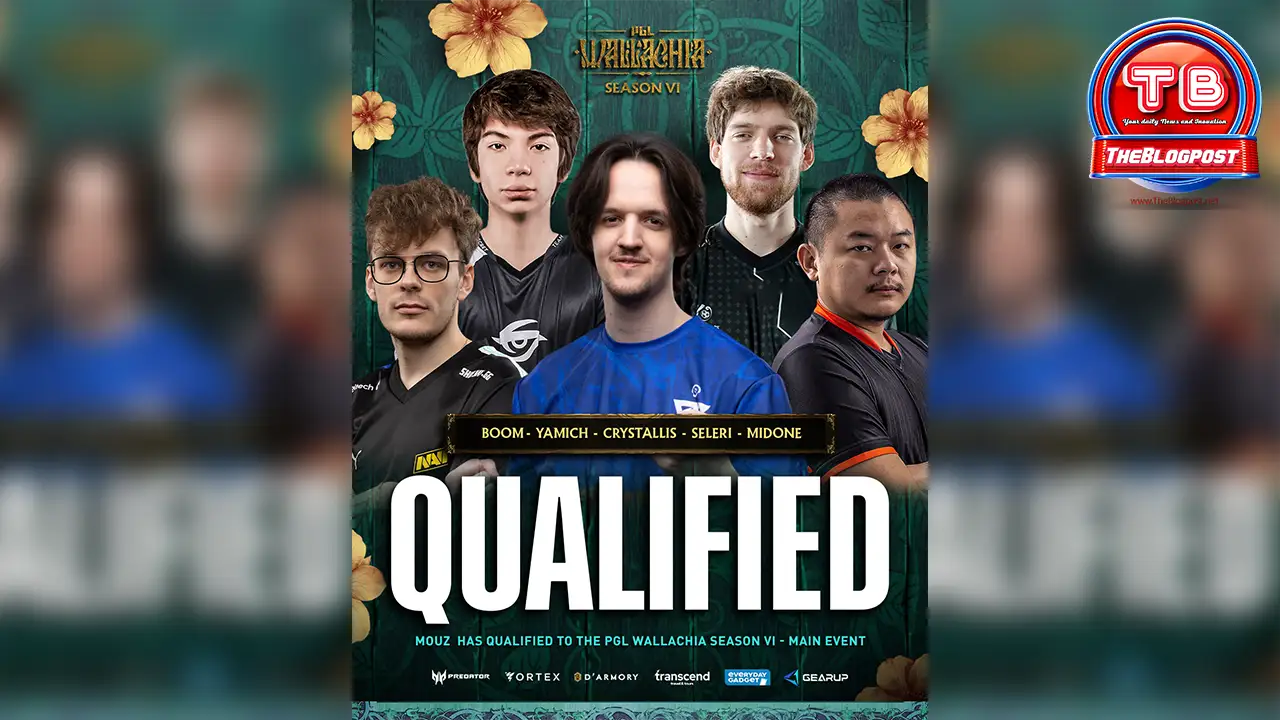
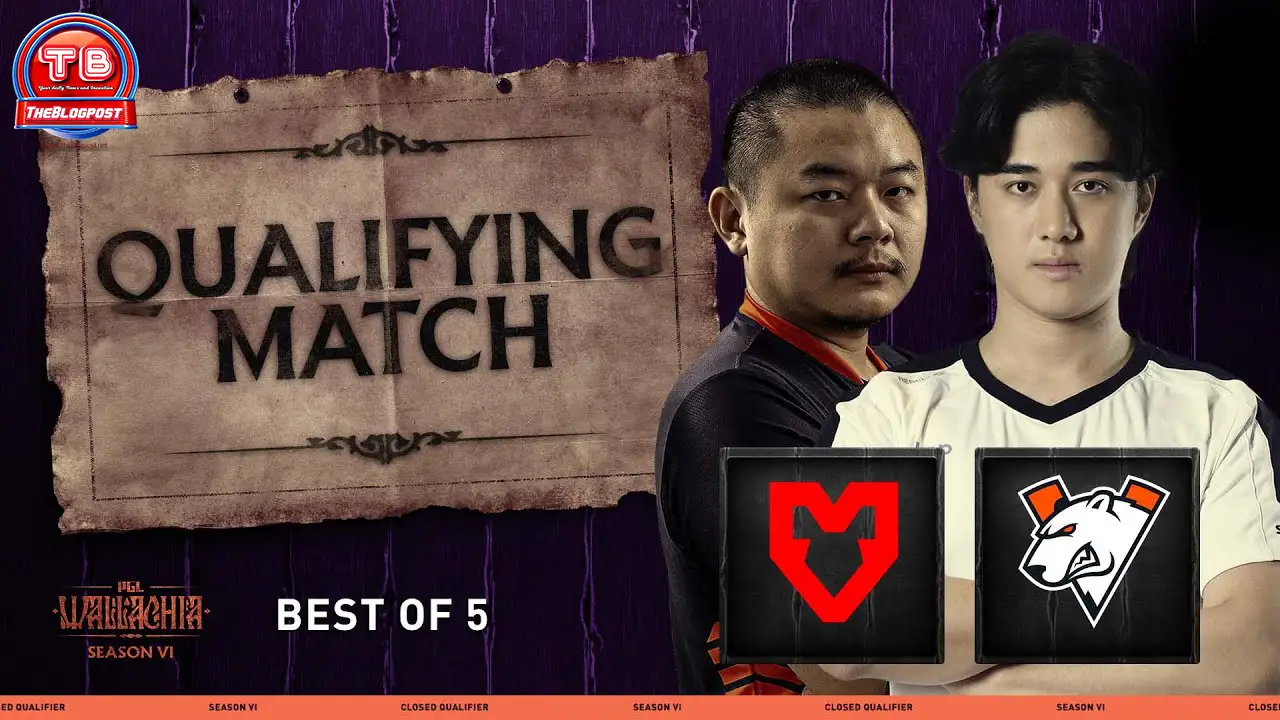
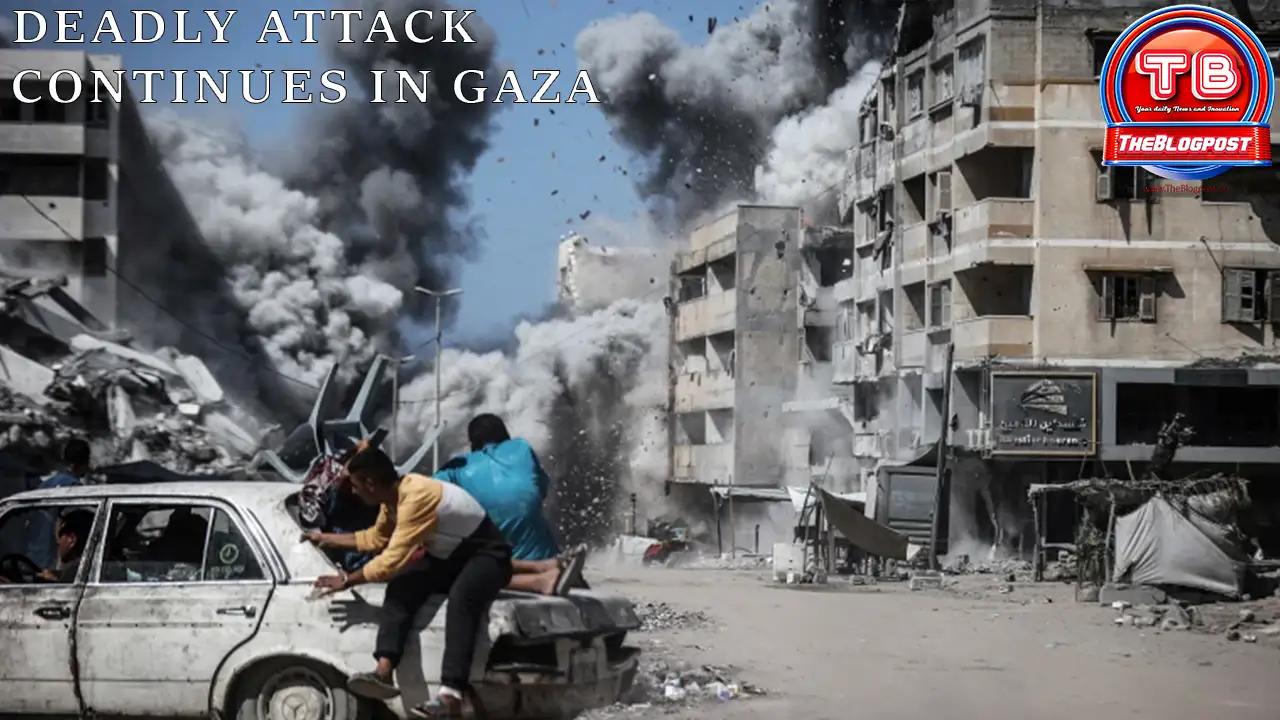
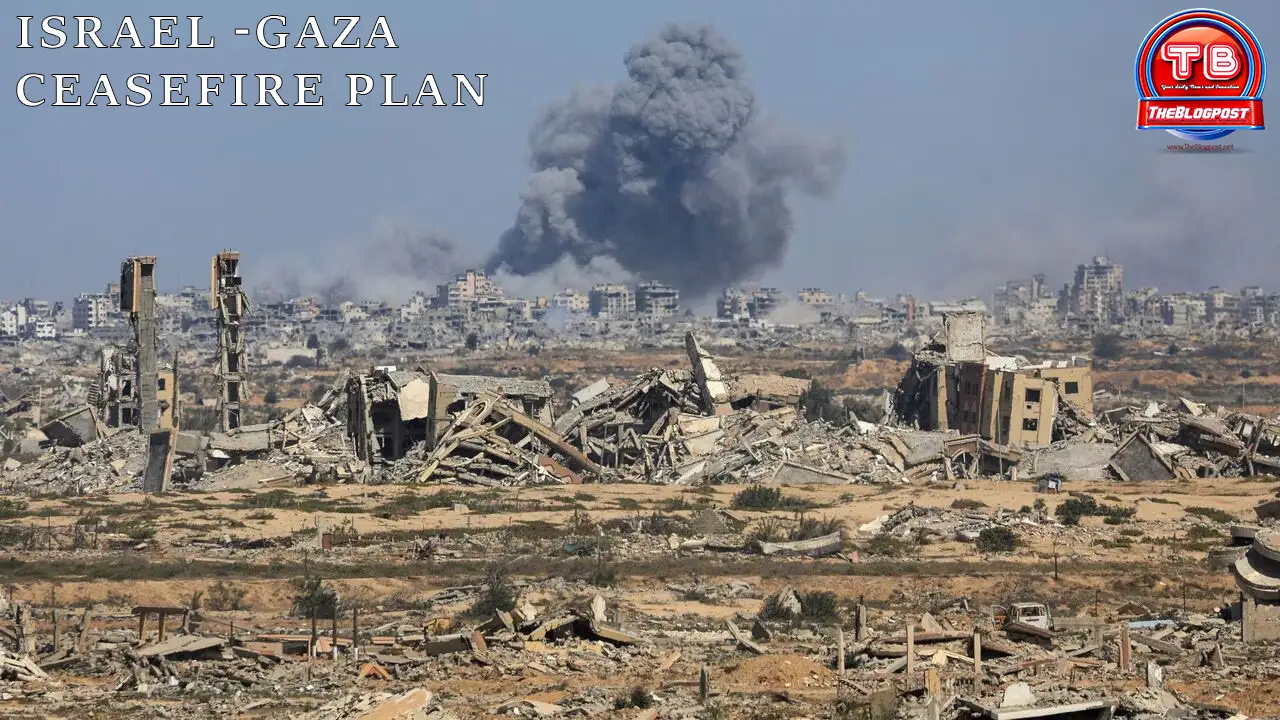


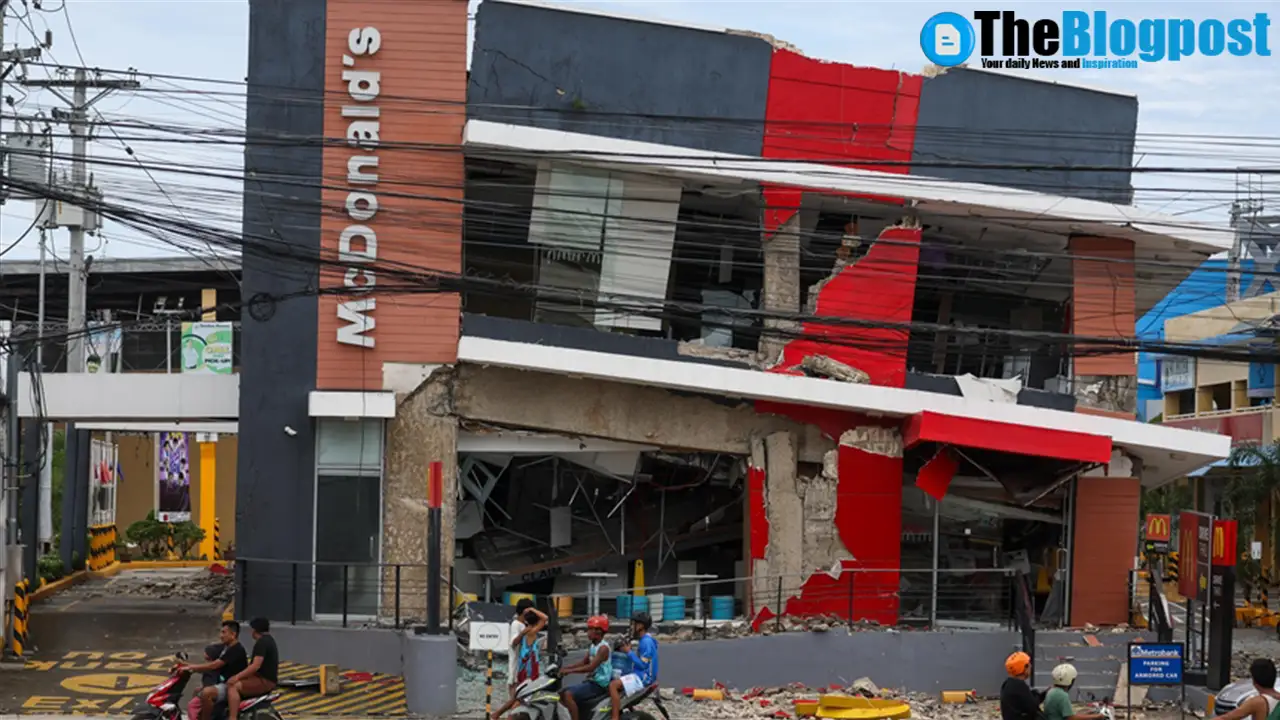
Leave a Reply